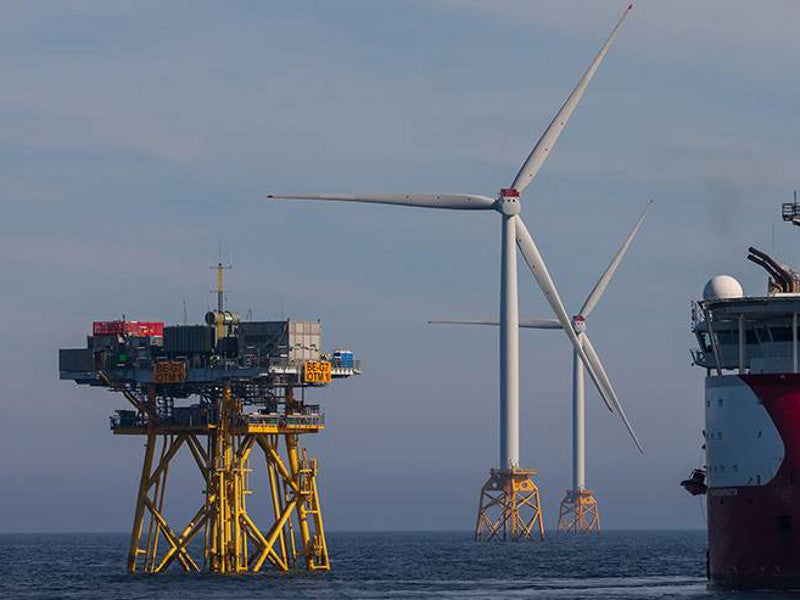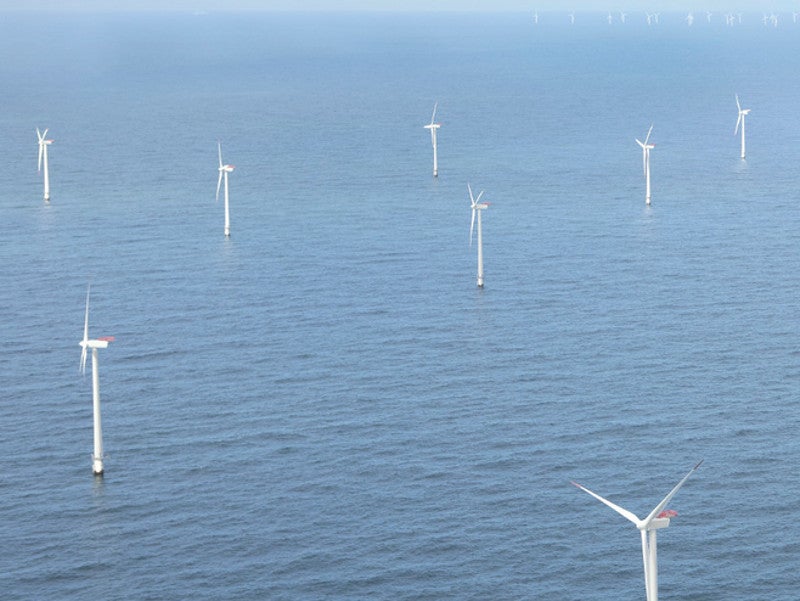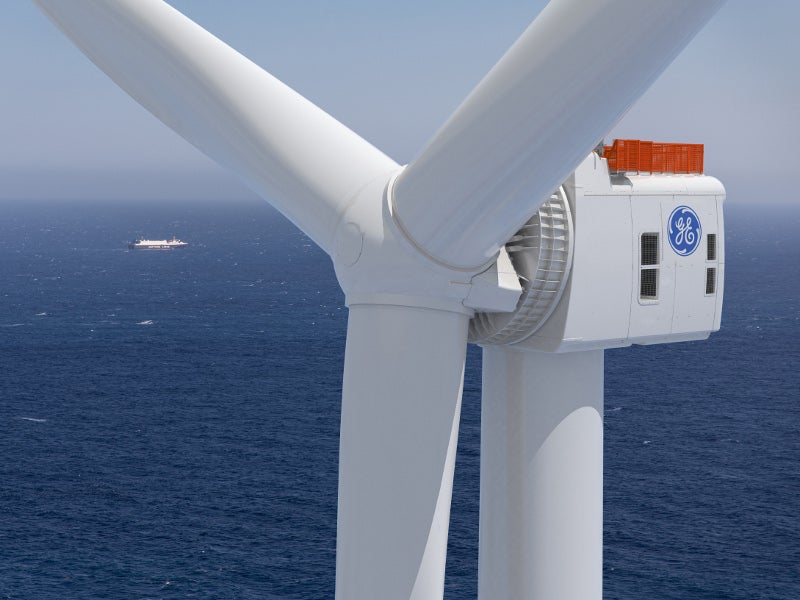The Dogger Bank wind farms located in the North Sea,UK, will comprise three 1.2GW offshore wind farms namely, Creyke Beck A, Creyke Beck B, and Teesside A.
Dogger Bank wind farms, a 50:50 joint venture (JV) between SSE Renewables and Equinor, is developing the 3.6GW project, which is set to be the world’s biggest offshore wind farm. SSE Renewables is responsible for the project development and construction, while Equinor will be in charge of operations.
The total investment in the Dogger Bank wind farms project is estimated to be £9bn ($11bn). The three wind farms will be capable of generating sufficient power for approximately 4.5 million UK homes, while meeting approximately 5% of the country’s total electricity demand.
Onshore construction works on the Dogger Bank wind power project were started in January 2020, while the offshore construction works are expected to commence in 2021, with first power from the project expected in 2023.
Dogger Bank wind farms location
The Dogger Bank zone extends over 8,660km², approximately 125km to 290km off the coast of Yorkshire, UK.
Located roughly 131km from the shore, the Creyke Beck A and B wind project sites will occupy 515km² and 599km² of area, respectively. The Teeside A wind project site that lies 196km from the coast will cover an area of 560km².
Turbines installed at Dogger Bank
The offshore wind farms will be installed with Haliade-X turbines from GE. At 12MW rated capacity, Haliade-X is claimed to be the world’s most powerful wind turbine till date. Dogger Bank will be the first European wind project to use these turbines.
With a total height of 260m, each Haliade-X turbine will have a 220m-diameter rotor and 107m-long blades.
The annual generation capacity of each turbine will be 67GWh, which will be enough to meet the power needs of approximately 16,000 European households. Each turbine is expected to offset up to 42 million tonnes of CO2 from the atmosphere, which is equivalent to the annual emissions of 9,000 vehicles.
The turbine components will be loaded on to heavy lifting vessels for transportation to the site.
The prototype of GE’s Haliade-X 12 MW offshore wind turbine was inaugurated at the port of Maasvlakte-Rotterdam in the Netherlands in December 2019.
Power transmission
Each wind farm will require approximately 300km of inter-array cables to gather and transfer the electricity generated by the turbines to an offshore platform.
Electricity from Creyke Beck A and Creyke Beck B wind farms will be transmitted through subsea export cables to two new onshore converter stations that will be built on an 11ha-site to the north of A1079 road.
Measuring between 172km and 191km in length, each subsea export cable will make landfall on the Holderness Coast near Ulrome.
Electricity from the landfall site will be further transmitted through 30km of underground cables to the converter stations for conversion from direct current (DC) to alternating current (AC).
Underground cabling of 2km will be installed for power transmission to the existing Creyke Beck national grid substation.
The subsea export cable from the Teesside A will take a different route to connect with another onshore converter station at Teesside, before connecting with the Lackenby national grid substation at Teesside.
Contractors involved
GE Renewables Energy will supply Haliade-X wind turbines for the project, under a contract awarded in October 2019.
Offshore Heavy Transport (OHT), a heavy transport and installation contractor based in Norway, was selected preferred supplier for foundation installation for the Dogger Bank wind power project in November 2019.
OHT’s Alfa Lift heavy installation crane vessel, which is expected to be the world’s biggest custom-built offshore wind foundation vessels when launched in 2021, will be used for the transport and installation of monopile foundations and transition pieces for the Creyke Beck A and Creyke Beck B wind farms.
Jan De Nul was contracted to transport and install the Dogger Bank wind turbines using its new offshore jack-up installation vessel Voltaire in October 2019.
Aibel was contracted to deliver two HVDC offshore converter platforms, while ABB was contracted to supply its HVDC Light® converter system for the Creyke Beck A and Creyke Beck B projects in the same month.
NKT is the supplier of high-voltage DC offshore export power cables for the Creyke Beck A and B wind farms.
The scope of the contract, worth £318m (€360m), involves the supply of 320kV DC export cables for offshore as well as onshore sections, apart from the installation of cables with the use of NKT Victoria vessel.
Jones Bros Civil Engineering, a civil engineering contractor based in North Wales, is engaged for the installation of onshore cable infrastructure for the Creyke Beck A and Creyke Beck B sites. The scope of the contract also includes earthworks for onshore HVDC convertor stations in East Riding.





